|
THOMAS BRADBURY & SONS
DATE LETTER MARKS ON SILVER PLATE
|
This is a page of A
Small Collection of Antique Silver and Objects of vertu,
a 1000 pages richly illustrated website offering all you
need to know about antique silver, sterling silver,
silverplate, sheffield plate, electroplate silver,
silverware, flatware, tea services and tea complements,
marks and hallmarks, articles, books, auction catalogs,
famous silversmiths (Tiffany, Gorham, Jensen, Elkington,
WMF, Reed & Barton, Mappin & Webb, Bateman Family),
history, oddities ...
SITE MAP
HOME PAGE
|
DATING THOMAS BRADBURY & SONS SILVER PLATE
From centuries British silver is protected by the stamping of symbols and letters identifying the maker, the Assay Office and the date in which the quality of the silver piece was verified.
Thanks to the "date letter" any piece of British sterling silver can be exactly dated.
Old Sheffield Plate and Electroplated silver are not subject to this practice and the regulation issued by the authorities had the main objective of preventing possible frauds by unscrupulous sellers of plated ware.
The best-known initiative is the prohibition (effective from c. 1896: Elkington was forced to change its mark in 1898) of stamping plated wares with the "crown", to avoid misunderstanding with the symbol identifying the Sheffield Assay Office.
The absence of an official dating system makes it difficult to date silver plated wares. An approximate date can be determined by examining:
- the style of the object
- the presence or absence of the crown (before or after c. 1896)
- the date of registration of the pattern at the Patent Office
- the presence of a dated dedication
- the date of the event (example: King/Queen Coronation or Jubilee commemorative spoons)
- "Ltd" or "Ld" on the mark denotes a date after 1861 (but in most cases not before 1890)
- a registered number (Rd followed by a number) denotes a date after 1883
- "England" denotes a date after 1891 (mandatory for export in the USA - McKinley Tariff Act of 1890-)
- "Made in England" denotes a 20th century date (mandatory after 1921 for export in the USA)
The largest manufacturers introduced, on a voluntary basis, a dating system of their silver plate based on series of letters of various style contained into shields or geometric figures. The first was Elkington (1841), followed by Walker & Hall (1884) and Mappin & Webb (but other less known makers tried to do something similar).
In this website are available information on silverplate dating systems of:
Elkington (system fully decrypted);
Walker & Hall (system partially decrypted);
Mappin & Webb (an attempt of decrypting).
Until now (2020) no information was available about the Thomas Bradbury & Sons silverplate dating system.
After extensive research based on examination, comparison and evaluation of coherence of Bradbury's silverplate marks, British Registry Marks, dates on dedications and some other available information I have partially reconstructed the dating system of Thomas Bradbury & Sons silverplate.
The system is based on three series of date letters, the first (serif inside a lozenge) lasting from 1850 to 1875, the second (Old English inside a square) from 1876 to 1901 and the third from 1902 onwards. Until the mid 1890s, when its use was forbidden, a "crown" accompanied the maker's mark (TB & S).
The first two series are sufficiently documented, while the reconstruction of the third is hypothetical due to the scarcity of information.
Any new information, suggestion and addition of missing marks or dated dedications on Bradbury silverplate will be highly appreciated (mail to giobuse1@yahoo.it)
FIRST SERIES: "SERIF" INTO A LOZENGE, 1850 - 1875




|
SECOND SERIES: "OLD ENGLISH" INTO A SQUARE, 1876 - 1901




|
THIRD SERIES: "SERIF" INTO A SQUARE, 1902 - 1927




|
FIRST SERIES: 1850 - 1875




the recent discovery of a mark with the letter "D" missing of the lozenge suggests that, sometimes, in the early period (1850-1853) the date letter could be devoid of the lozenge contour






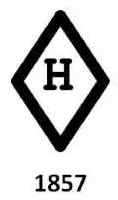
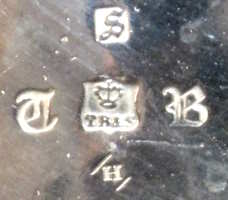
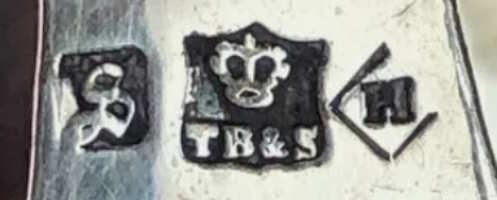











UK Patent Office registry mark, 21 November 1859
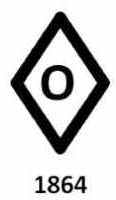
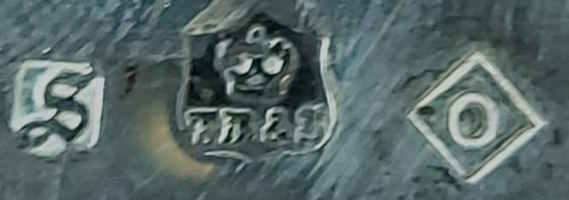


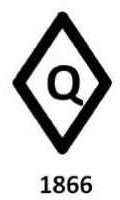
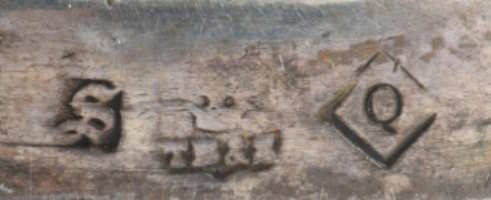





UK Patent Office registry mark, 22 November 1852



UK Patent Office registry mark, 22 November 1866



UK Patent Office registry mark, 22 November 1866



UK Patent Office registry mark, 11 May 1866







UK Patent Office registry marks, 22 December 1866 and 15 December 1870



UK Patent Office registry mark, 22 November 1853


SECOND SERIES: 1876 - 1901








UK Patent Office registry mark, 22 December 1865
Dedication on a silverplate tray, date 24 June 1878





The mark "TB over JH" corresponds to the partnership of Thomas Bradbury III & John S. Henderson, lasting from 1877 to 1888








The mark "TB over JH" corresponds to the partnership of Thomas Bradbury III & John S. Henderson, lasting from 1877 to 1888
UK Patent Office registry mark, 5 April 1880
















After 1895, when the "crown" on silverplate was forbidden, Bradbury ceased to use the "crown" on its mark
THIRD SERIES: 1902 - 1927


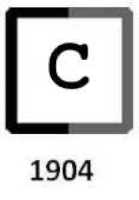




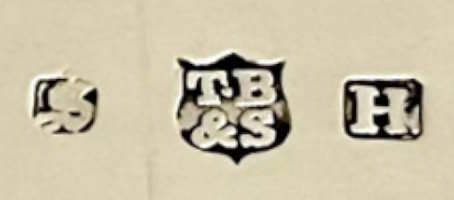








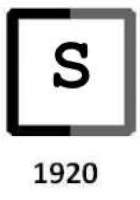







| BRITISH SILVER MAKERS: MARKS, HISTORY AND INFORMATION |
|
BRITISH SILVERSMITHS -
ILLUSTRATED LISTING OF MAKER'S AND SPONSOR'S MARKS
|
|
BRITISH TOWN MARKS AND DATE LETTERS
|

www.silvercollection.it |
This is a page of 'The What is? Silver Dictionary' of A Small Collection of
Antique Silver and Objects of vertu, a 1500 pages richly illustrated website offering all you need to know about
antique silver, sterling silver, silverplate, Sheffield plate, electroplate silver,
silverware, flatware, tea services and tea complements, marks and hallmarks, articles,
books, auction catalogs, famous silversmiths (Tiffany, Gorham, Jensen, Elkington),
history, oddities ...
HOME - SITE MAP - SILVER DICTIONARY - COOKIES CONSENT AND PRIVACY |
This page was useful? leave your LIKE on
facebook
|
- work in progress on this page - your help, corrections and suggestions will be greatly appreciated -
| |


































































































































 Angell Family
Angell Family M. Baum
M. Baum G. Benney
G. Benney B.Blackburn
B.Blackburn Boardman,Glossop & Co
Boardman,Glossop & Co M.Boulton
M.Boulton C.Boyton & Son
C.Boyton & Son T.Bradbury & Sons
T.Bradbury & Sons Chawner & Co
Chawner & Co A.Clark Manufacturing Co
A.Clark Manufacturing Co G.R.Collis & Co
G.R.Collis & Co Courtauld Family
Courtauld Family Daniel & Arter
Daniel & Arter S.Devlin
S.Devlin Dobson & Sons
Dobson & Sons Eley family
Eley family Emes family
Emes family Fattorini & Sons
Fattorini & Sons Fox family
Fox family Goldsmiths & Silversmiths Co
Goldsmiths & Silversmiths Co H.Griffith & Sons
H.Griffith & Sons Hamilton & Inches
Hamilton & Inches C.F.Hancock
C.F.Hancock Hawksworth Eyre & Co
Hawksworth Eyre & Co Holland Aldwinckle & Slater
Holland Aldwinckle & Slater Horton & Allday
Horton & Allday Hukin & Heath
Hukin & Heath G.Jamieson
G.Jamieson Lambert & Co
Lambert & Co C.Maas & Co
C.Maas & Co R.F.Mosley
R.F.Mosley H.G.Murphy
H.G.Murphy T.Prime & Son
T.Prime & Son O. Ramsden
O. Ramsden Reid & Sons
Reid & Sons Richards & Brown
Richards & Brown J.Round & Son
J.Round & Son Sampson Mordan & Co
Sampson Mordan & Co A.B.Savory & Sons
A.B.Savory & Sons Smily Family
Smily Family Spurrier
Spurrier P.Storr
P.Storr Tessiers Ltd
Tessiers Ltd F.B.Thomas & Co
F.B.Thomas & Co G.Unite & Sons
G.Unite & Sons C.J.Vander
C.J.Vander D&J Wellby Ltd
D&J Wellby Ltd  West & Son
West & Son